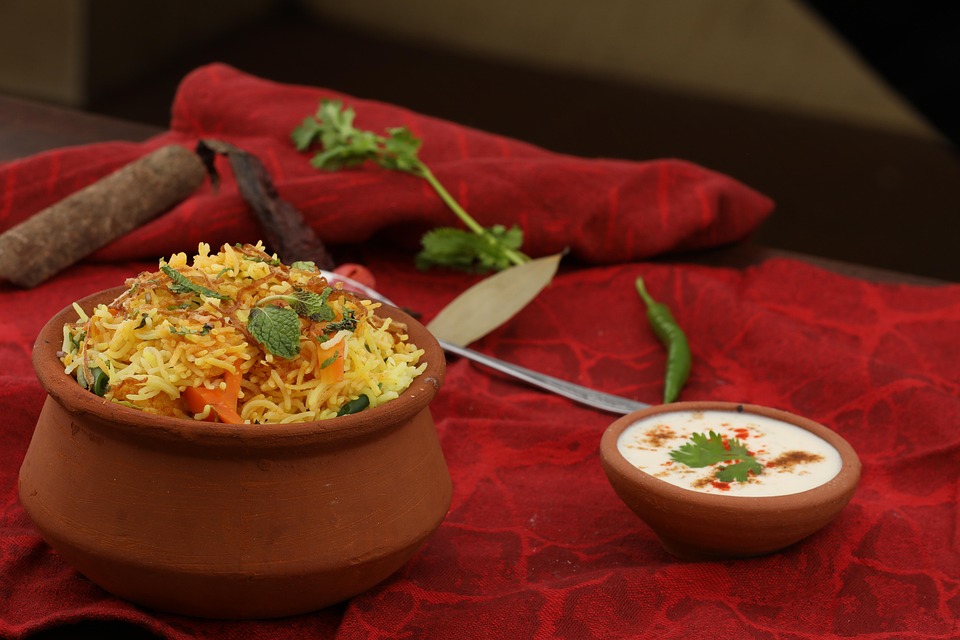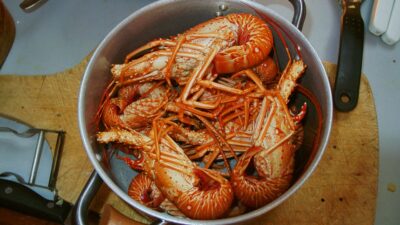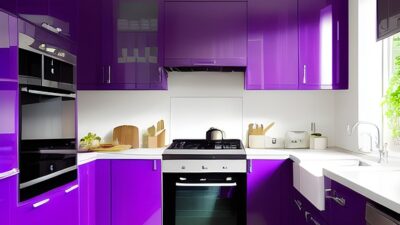The culinary world has long recognized that we eat with our eyes first. Crafting a visually appealing plate can elevate a meal from ordinary to extraordinary. Whether you’re a home cook trying to impress guests or a seasoned chef looking to elevate your dishes, mastering the art of food presentation can transform your dining experience. Here are some essential tips for achieving stunning food presentation that will make your dishes truly unforgettable.
1. Understand the Basics of Color
Color is one of the most vital elements of food presentation. A vibrant palette can turn a simple plate into an eye-catching masterpiece. Here are some strategies to consider:
- Balance Colors: Use the color wheel to create contrast and balance. Pair warm colors (like red, orange, and yellow) with cool colors (like blue and green) to create visual interest.
- Incorporate Fresh Ingredients: Fresh herbs, edible flowers, and colorful vegetables can add pops of color to your dishes.
- Consider the Plate Color: The color of the plate itself can influence the overall appearance. Dark plates often make bright foods pop, while white plates can provide a clean backdrop for more colorful dishes.
2. Emphasize Texture and Layering
Texture plays a significant role in the visual appeal of food. A dish that showcases various textures will have a more dynamic presentation.
- Layering Ingredients: Layering can create depth in your presentations. For example, stacking ingredients like grilled vegetables, proteins, and sauces can create an appealing look.
- Play with Shapes: Use cookie cutters for fruits and vegetables to create interesting shapes that grab attention.
- Include Crunchy Elements: Toppings like toasted nuts or crispy onions provide not just a textural contrast but also visual allure.
3. Consider the Plating Style
Plating is an art form that can dramatically change the way a dish is perceived. Here are some plating styles you can experiment with:
- Symmetrical Plating: Arranging food in a balanced manner can create a sense of harmony and elegance.
- Asymmetrical Plating: For a more modern approach, try asymmetrical plating, where elements are scattered organically around the plate for a relaxed look.
- The Rims and Borders: Utilize the outer rim of the plate for sauces or garnishes, as this can frame the main ingredients beautifully.
4. Use Garnishes Wisely
Garnishes can enhance both flavor and presentation. However, it’s essential to use them thoughtfully so they don’t overpower the main dish.
- Keep It Simple: Choose garnishes that complement the flavors of your dish. A sprig of fresh herbs or a drizzle of balsamic reduction can enhance the overall presentation without becoming overwhelming.
- Edible Decor: Consider using edible flowers, microgreens, or even flavored oils to create visually striking final touches.
5. The Right Tools for Precision
Investing in the right kitchen tools can aid in achieving precise and elegant presentations.
- Plating Tools: Tools like squeeze bottles for sauces, tweezers for delicate garnishes, and ring molds for shaping can help create stunning presentations.
- Quality Cutlery: Sharp knives and specialty cutters can help create clean, precise cuts that enhance the visual appeal of ingredients.
6. Focus on Composition and Arrangement
The way you arrange food on the plate can tell a story and engage the diner visually.
- Create Focal Points: Decide on a focal point and build around it. This could be the protein or a vibrant vegetable that stands out.
- Negative Space: Don’t overcrowd the plate; allowing for some empty space can draw attention to your carefully arranged ingredients.
7. The Final Touch: Lighting and Setting
Finally, the ambiance surrounding your food presentation matters just as much as the plate itself.
- Use Natural Light: If photographing your dish or showcasing it, natural light can bring out the colors and textures beautifully.
- Table Settings: A well-set table can enhance the dining experience. Consider using complementary tableware, linens, and centerpieces that echo the colors and themes of your dish.
Conclusion
Stunning food presentation is an art that combines creativity, technique, and a keen eye for detail. By mastering these tips, not only will you create dishes that are visually captivating, but you will also elevate the entire dining experience, making meals memorable long after they’ve been eaten. Remember, the key is to practice, experiment, and have fun expressing your culinary vision on the plate. Happy plating!



